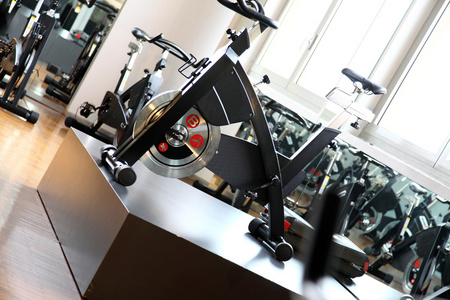indoor cycling muscles worked

Indoor cycling primarily targets the following muscles:
Quadriceps: The quadriceps muscles, located on the front of the thighs, are heavily engaged during indoor cycling. They are responsible for extending the knees and powering the downward stroke of the pedal.
Hamstrings: The hamstrings, located on the back of the thighs, are also actively involved in indoor cycling. They assist in the upward pull of the pedal and work in conjunction with the quadriceps for a smooth pedal stroke.
Glutes: The gluteal muscles, including the gluteus maximus, medius, and minimus, are engaged during indoor cycling. They provide power and stability to the hips, assisting in the downward and upward movements of the legs.
Calves: The calf muscles, including the gastrocnemius and soleus, play a significant role in indoor cycling. They help with the push-off during the downward stroke of the pedal and contribute to ankle flexion and extension.
Core Muscles: Although not the primary focus, indoor cycling also activates the core muscles, including the abdominals and back muscles. These muscles help stabilize the body and maintain proper posture while cycling.
It's important to note that the level of muscle engagement may vary depending on factors such as resistance level, cadence, and cycling technique. By adjusting resistance and incorporating standing sprints or out-of-the-saddle climbs, you can further target and engage specific muscle groups during indoor cycling.
Please indicate the address of this article for reprint https://www.sportshealthprogram.com/Indoor-Cycling-Bikes/202307671.html



















